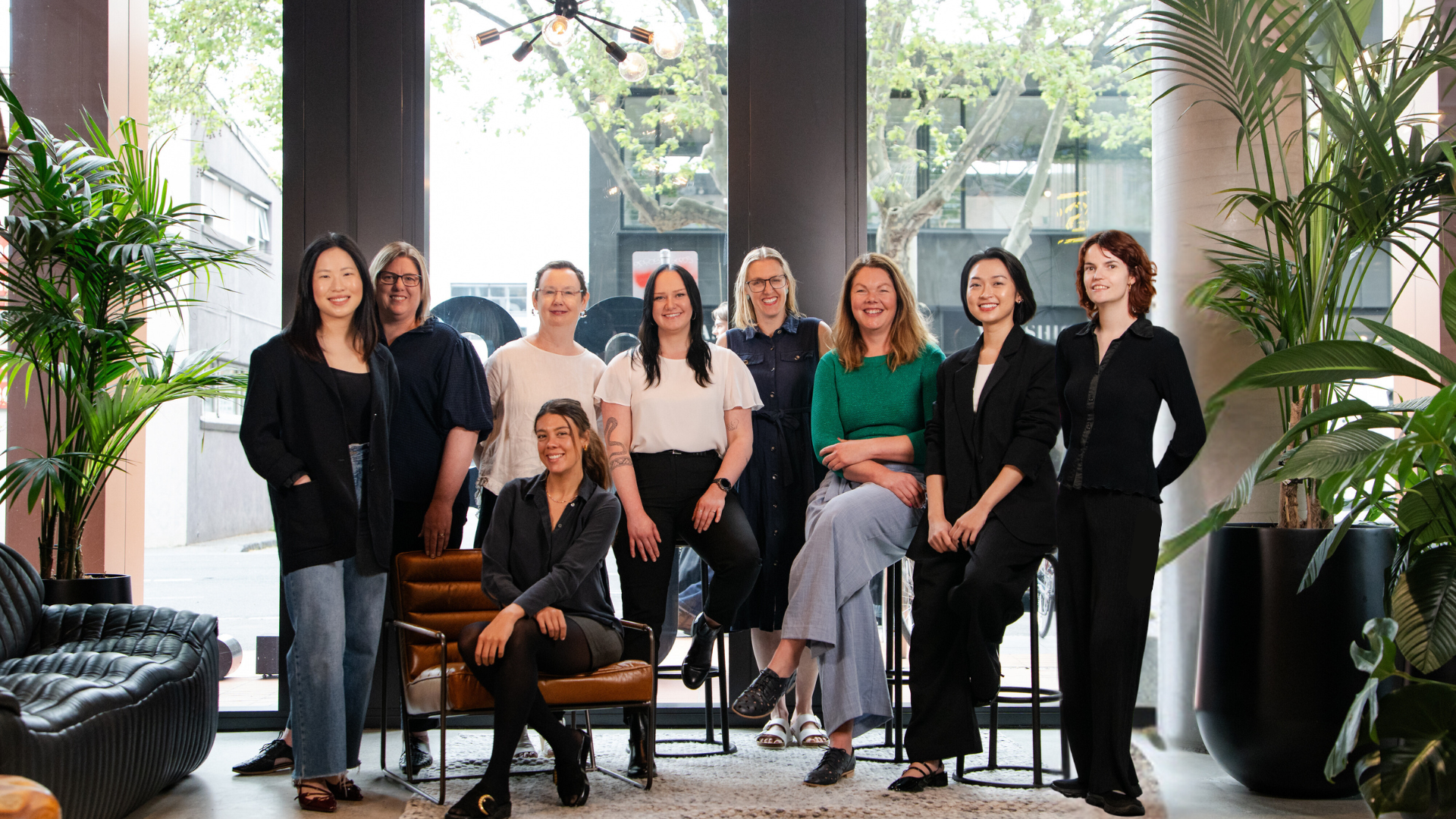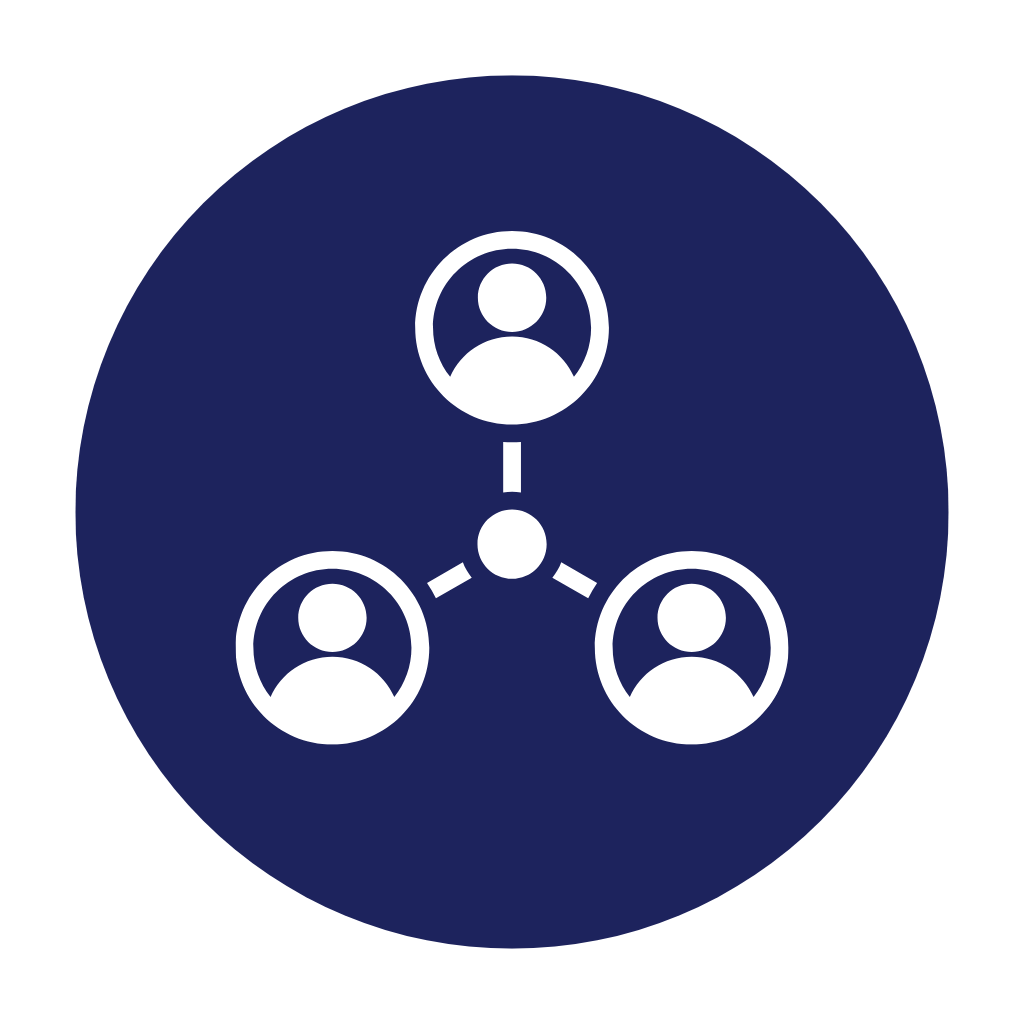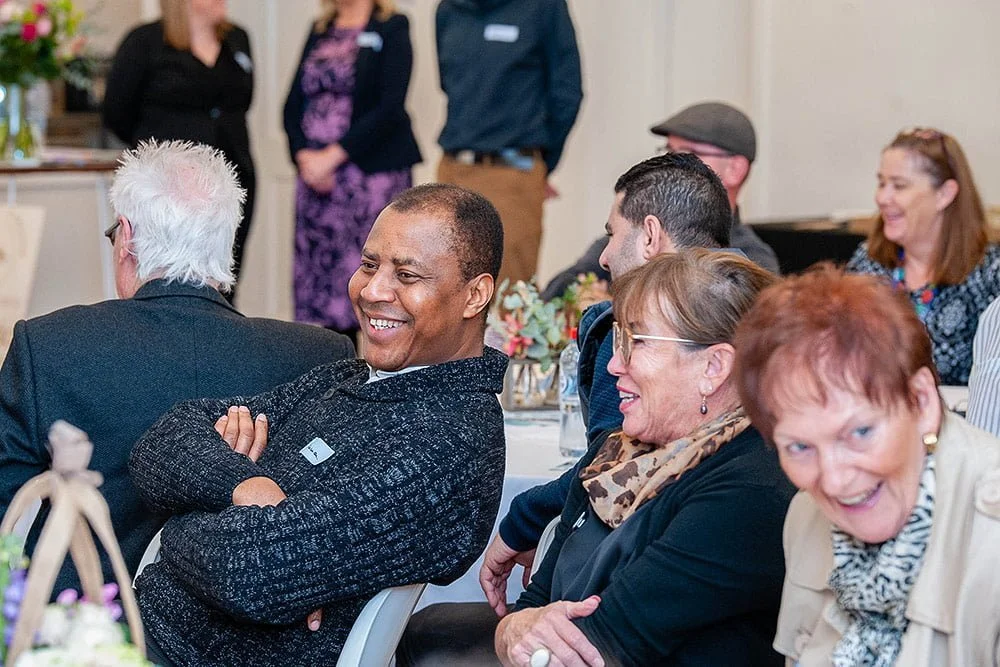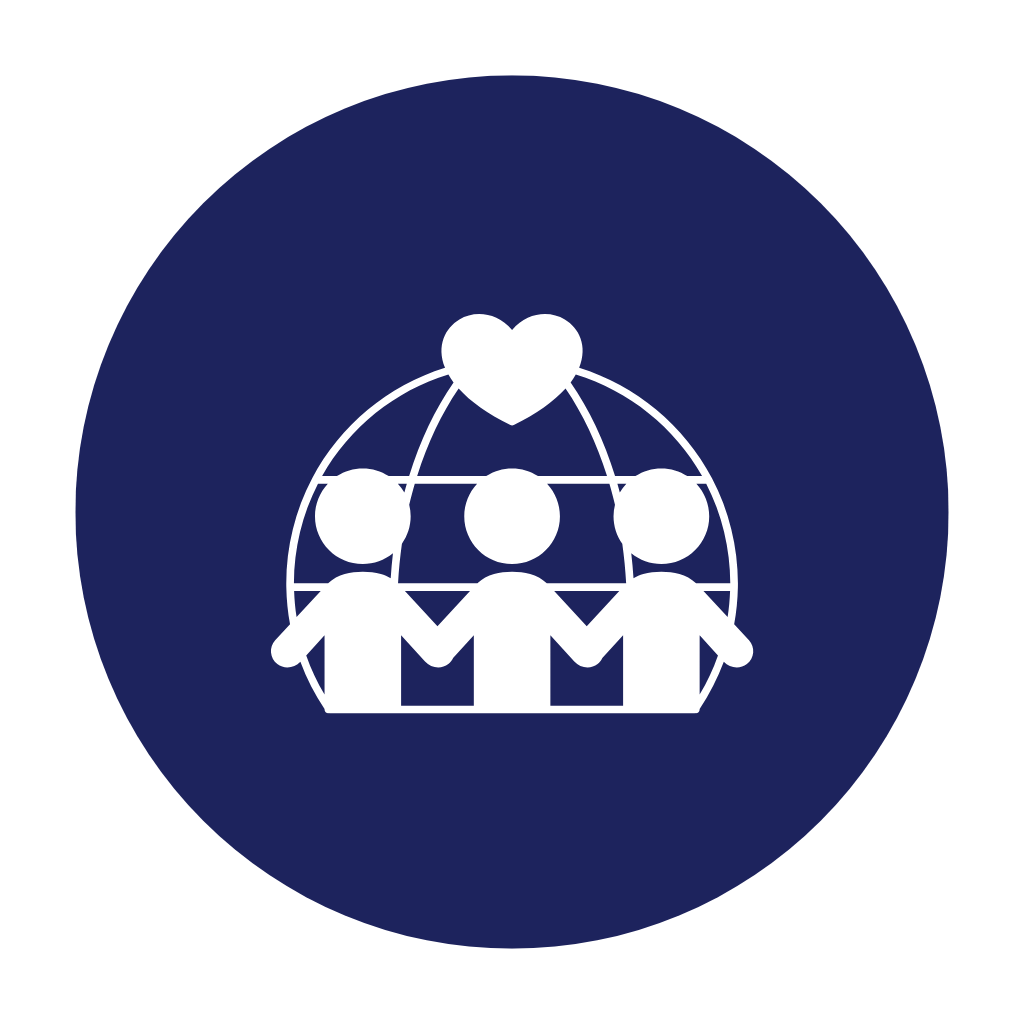
BUILDING STRONGER COMMUNITIES
Conversation Co. supports you to build a better future with your community
COMMUNITY AND STAKEHOLDER ENGAGEMENT AUSTRALIA-WIDE
Many projects fail due to insufficient community involvement or feedback. Conversation Co. specialises in creating meaningful engagement strategies that empower communities to participate in decision-making processes, ensuring their voices are heard and their needs are met.
Our expertise in social planning, data analysis, and strategic communications means you’ll receive tailored solutions to engage your stakeholders and achieve the objectives of your infrastructure projects. Say goodbye to inadequate planning and skills gap – our community engagement training programs empower your staff to lead engagement processes confidently.
With our team by your side, adaptability to change and uncertainty becomes a strength, not a hurdle. By creating a trusting relationship with you, our key focus is to understand your specific needs and deliver tailored solutions that best suit your community and project outcomes.
We will work with you to empower and encourage your community to have their say and then interpret these insights, coupled with industry best practices, to support you when making key decisions. By applying human behaviour modelling and the IAP2 framework, we ensure the best possible community engagement participation.
OUR COMMUNITY PLANNING AND ENGAGEMENT SERVICES
Community and
Stakeholder Engagement
Social Planning, Policy and
Strategy Development
Data Analysis and Reporting
Strategic Communications
Training and Short Courses
MEET THE COMMUNITY ENGAGEMENT CONSULTANT TEAM
We are a diverse and dedicated team of professionals committed to fostering positive change and making a meaningful impact through community planning and public participation. Our adaptability and unwavering commitment to excellence enable us to effectively engage with diverse communities and stakeholders, developing strategies that drive collaboration and positive impact.
We prioritise building solid relationships and putting people first, striving to cultivate enduring connections with our clients and the communities we serve. At the heart of our mission is facilitating a diverse range of meaningful conversations and initiatives that contribute to the holistic development and well-being of all involved.
OUR DIFFERENCE
WE UNDERSTAND HUMAN BEHAVIOURWe leverage our deep understanding of human behaviour, drawing knowledge and insights from leading studies and frameworks, to develop community engagement programs that predict and respond to behavioural patterns, ultimately increasing participation in your projects.
WE BUILD TRUST FROM BOTH SIDESThrough open dialogue and collaboration, we build trust between decision-makers and communities, fostering positive experiences and ensuring mutually beneficial outcomes.
WE FOCUS ON UPSKILLING STAFFWe are committed to empowering your team through coaching and training programs that enhance their understanding of social engagement and strengthen their relationships with stakeholders, equipping them with the skills to lead future projects confidently.
REASONS TO MEET US
No matter how big or small the task, we are here to help. Our team offer a wide range of skills to meet all your project needs.
We are passionate about what we do, and believe there is a place for community engagement and place-activation in any project.
We have worked with a range of clients from local and state government departments to not-for-profit organisations and sports clubs.
We have adopted a COVID-19 Policy, Procedure, and Risk Management Process to ensure community engagement is undertaken in a safe way.
Want to work with our team of community engagement consultants?
BE A FORCE FOR GOOD
PROUD TO BE B CORP CERTIFIED
After a two-year long process, Conversation Co has been certified B corp in 2024.
By joining the ranks of B Corp-certified companies, we’ve become part of a global community dedicated to leveraging businesses as a force for good, tackling social and environmental challenges head-on. This is just the beginning of our journey where it’s more than just a label – it’s a testament to our ongoing commitment to sustainability, transparency, and social responsibility.













